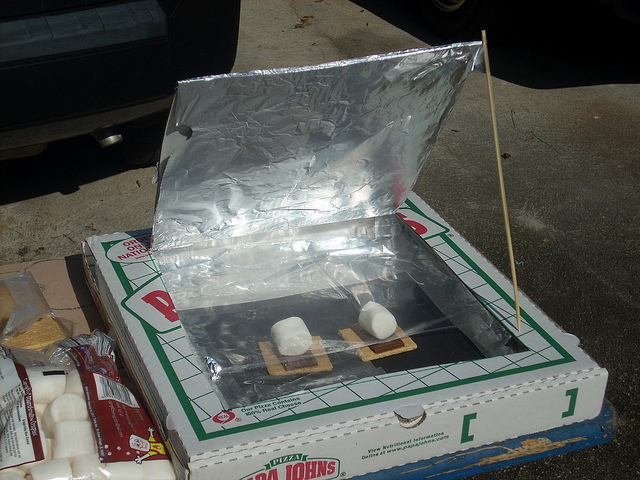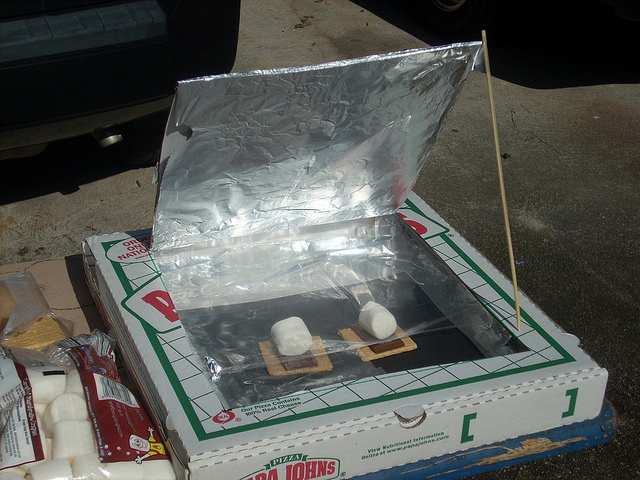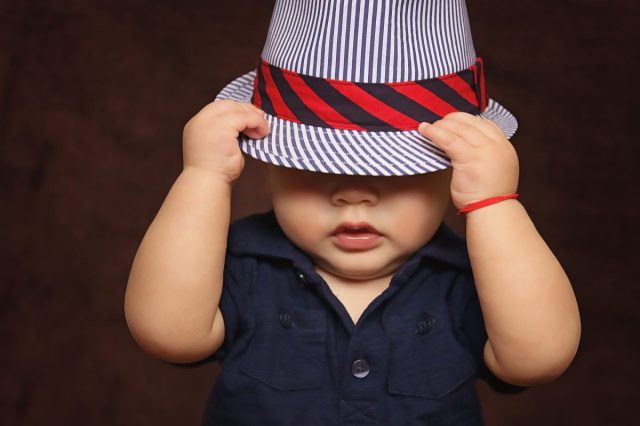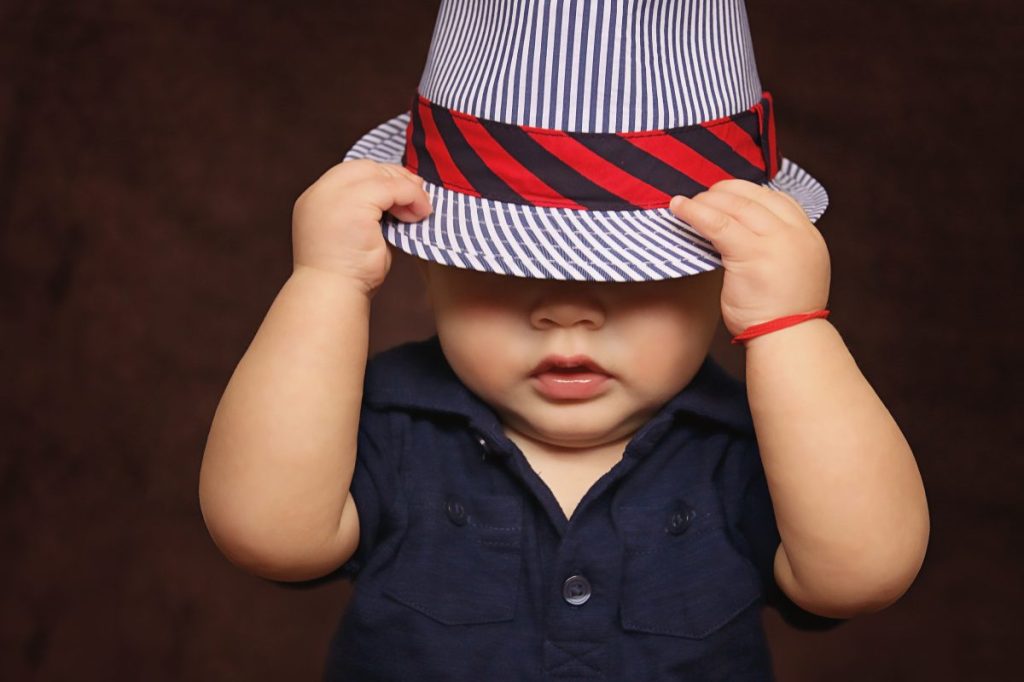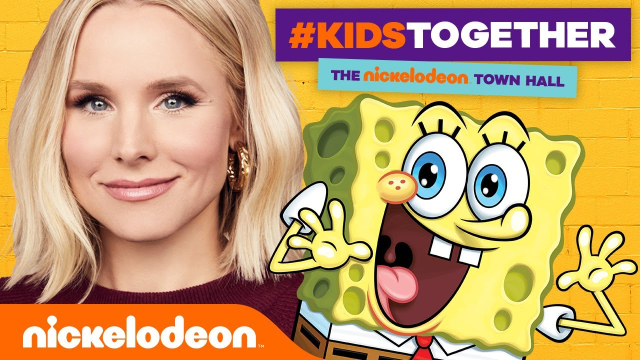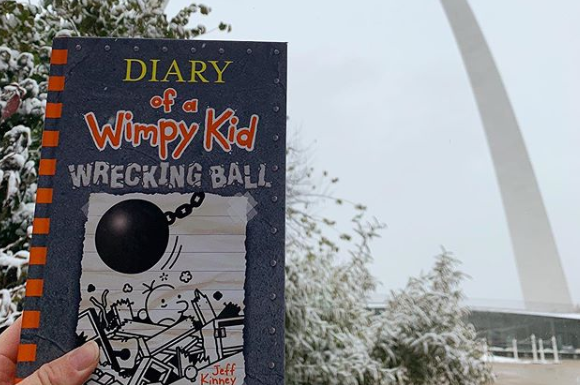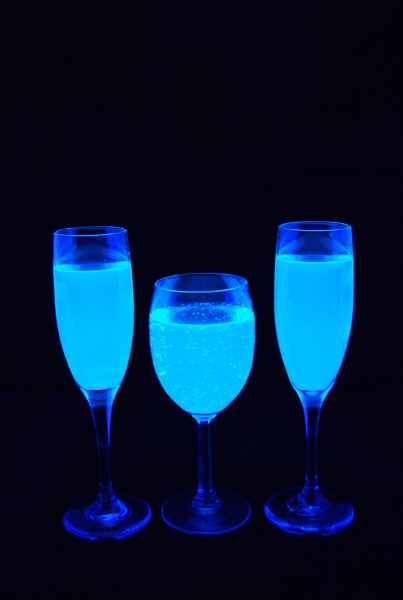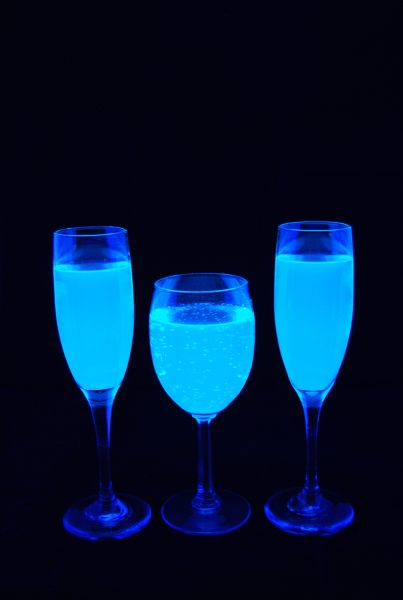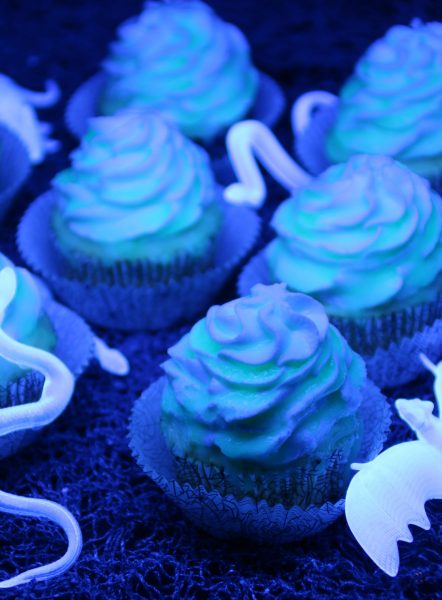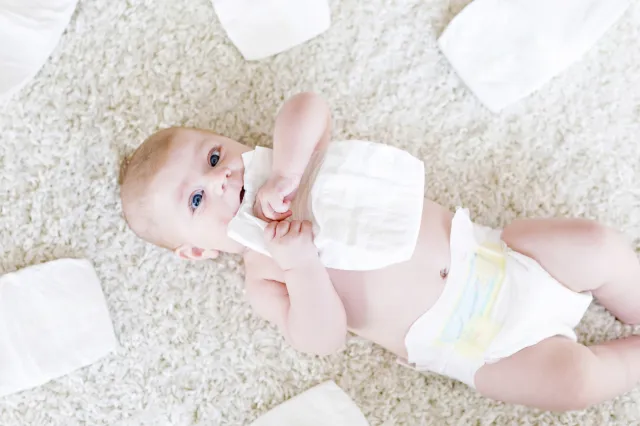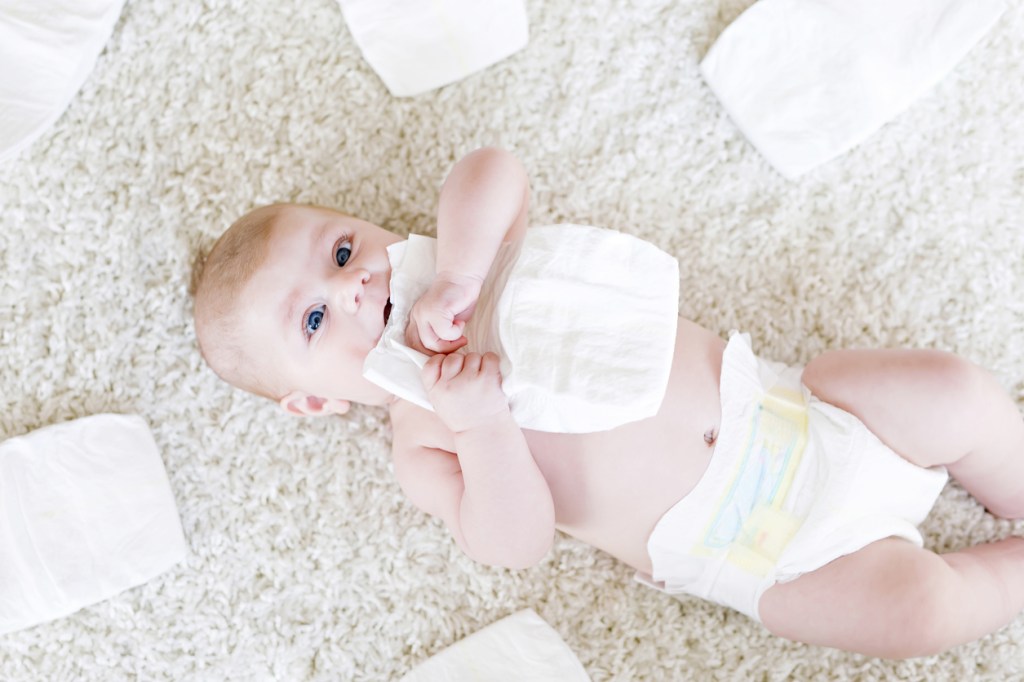Kids are getting ready to head back to school, and many are feeling stressed. They may feel pressure to make good grades or feel anxious over social pressures such as dealing with bullies or making new friends.
Common signs of back-to-school stress include crying, headaches, and expressing fears about social situations or failing grades. Some stress is normal and to be expected. However, chronic stress can have lasting effects on children as they grow, studies show.
When kids exhibit ongoing dread, fear, or worry, it can indicate an underlying emotional issue—what I call “Trapped Emotions.” Trapped Emotions are unresolved emotional energies from negative life experiences that can affect a person’s health, happiness and ability to learn.
For instance, one of the most common emotions kids feel when it comes to heading back to school after summer break is anxiousness. This is quite normal; however, if a child expresses persistent and ongoing dread or worry as the start of school approaches, it may be a sign the child has a Trapped Emotion related to some trouble they have experienced.
Children can develop Trapped Emotions from events at school and family situations, or they can pick up on the emotions and stresses of others around them. Trapped Emotions can have an effect on children’s behavior, family relationships, performance in school, and health.
Some signs a child may be experiencing stress due to Trapped Emotions include:
- A child who is normally happy and eager to learn grows angry, disobedient, and distant.
- A child continually expresses dread about the start of school but refuses or is unable to explain why he or she is feeling this way.
- Frequent complaints about stomachaches, trouble sleeping, and disinterest in activities that the child once enjoyed.
Children who have stressful and difficult lives are prone to having Trapped Emotions. But any child can have Trapped Emotions, no matter how much love they receive or how favorable their home environment may be.
Parents can help their children overcome stress related to Trapped Emotions by learning to identify and resolve this emotional baggage or energy. The Emotion Code™ provides simple ways parents can help their kids:
- Determine if a Trapped Emotion is present.
- Identify the emotion.
- Release each Trapped Emotion and verify that it is gone.
To help adults and children identify and release Trapped Emotions, we developed a formalized process that involves asking a series of questions and getting the answers from the subconscious mind through muscle testing, a simple form of biofeedback.
Muscle testing enables us to tap into the subconscious mind. Answers are determined by measuring minor changes in resistance to pressure on a subject’s arm. Using flow charts from The Emotion Code™ we ask questions to determine if a Trapped Emotion is present, identify the emotion, and ultimately release it.
Another technique we use for identifying Trapped Emotions is the “sway test.” The person using this method stands still, with feet slightly apart and eyes closed and attempts to remain motionless. The practitioner then goes through phrases and questions organized in the flow charts. We can detect and identify Trapped Emotions by the motion of the subject’s body swaying forward or backward in response to these questions.
Parents can use these very simple and non-invasive techniques to help determine if their child has one or several Trapped Emotions, and to permanently release these unwanted feelings. Free instructions are available at www.emotioncodegift.com.
Helping kids identify and release potential Trapped Emotions can improve their overall happiness and ability to learn. Getting rid of emotional baggage can help kids shift out of fear of starting school or a new grade, stop worrying about upsetting incidents from the past, and be more relaxed, confident, and happy in the year to come.
Veteran holistic physician and author of The Emotion Code, Dr. Bradley Nelson is an expert in the emerging fields of Bioenergetic Medicine and Energy Psychology. He has certified thousands of practitioners worldwide in helping people overcome unresolved anger, depression, anxiety, loneliness and other negative emotions and the physical symptoms associated them.
